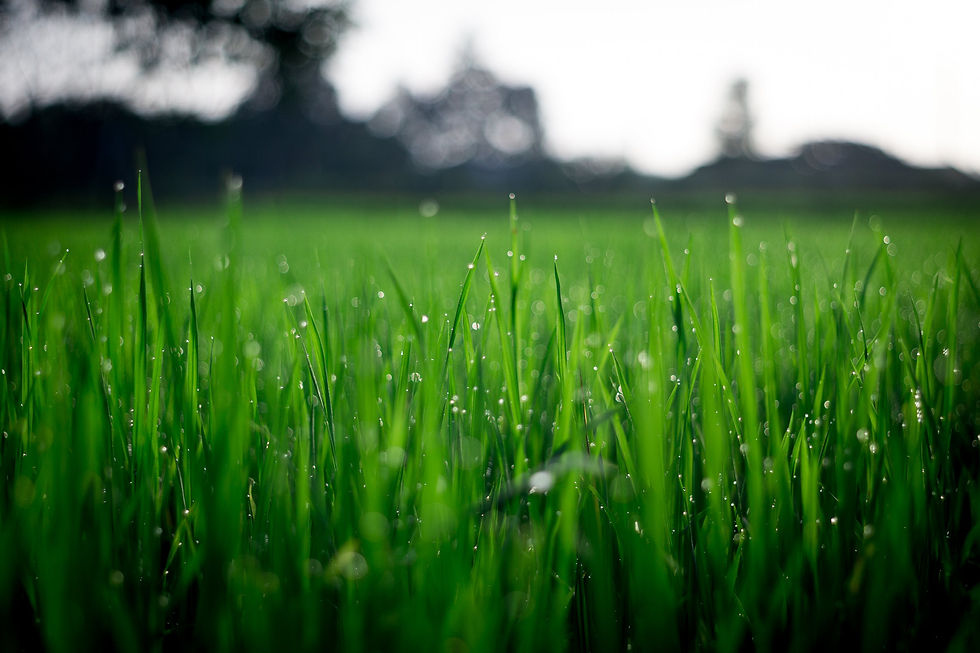What Gardening Zone Am I In: A Beginners Guide to Gardening Zones
- mygardeningera
- Feb 15, 2024
- 2 min read
Welcome to the wonderful world of gardening! If you're just starting, you might have heard about something called "gardening zones." But what are they, and why do they matter? Don't worry; we've got you covered with all the basics.

Understanding Gardening Zones
Imagine if your plants had a little map to tell them how hot or cold it gets in your area. Well, that's what gardening zones are – a map for your plants! These zones help you figure out which plants will be happy and healthy in your garden.
Why Do Gardening Zones Matter?
Plants have preferences, just like us. Some love the warmth of summer, while others enjoy a bit of chill in the air. Gardening zones tell you which plants will thrive in your specific weather conditions. So, if you want a garden full of happy plants, knowing your zone is like giving them a personalized invitation to your garden party.
How to Find Your Gardening Zone
Finding your gardening zone is as easy as 1-2-3:
Visit a Gardening Zone Map: The internet is your gardening buddy! Look for a gardening zone map online. It might look like a colorful map with different shaded areas. Each shade represents a different gardening zone.
Enter Your Zip Code: Many websites let you type in your zip code. Once you do, magic happens! The map zooms in, and you'll see your gardening zone pop up. It's like your garden saying, "Hey, I'm in Zone 7!"
Discover Your Zone's Secrets: Now that you know your zone, you're ready to unlock its secrets. Gardening guides and plant labels often mention which zones a plant loves. So, when you're at the garden store, you'll know exactly what your plants need.
Check out our Government Websites post on our Resources page for a link to the USDA Plant Hardiness Zone Map
But Wait, There's More: Microclimates
Gardening zones are like the big chapters in a book, but your garden has its own microclimates, like paragraphs within those chapters. Factors such as altitude, proximity to water, and urban heat can create small pockets with unique conditions. Keep an eye out for these microclimates to fine-tune your plant selection.
Now, Let the Gardening Begin!
Armed with your newfound knowledge of gardening zones, you're ready to create a garden that's in perfect harmony with your local climate. So, whether you're dreaming of vibrant flowers or juicy tomatoes, understanding your gardening zone is the first step to a flourishing garden.



Comments